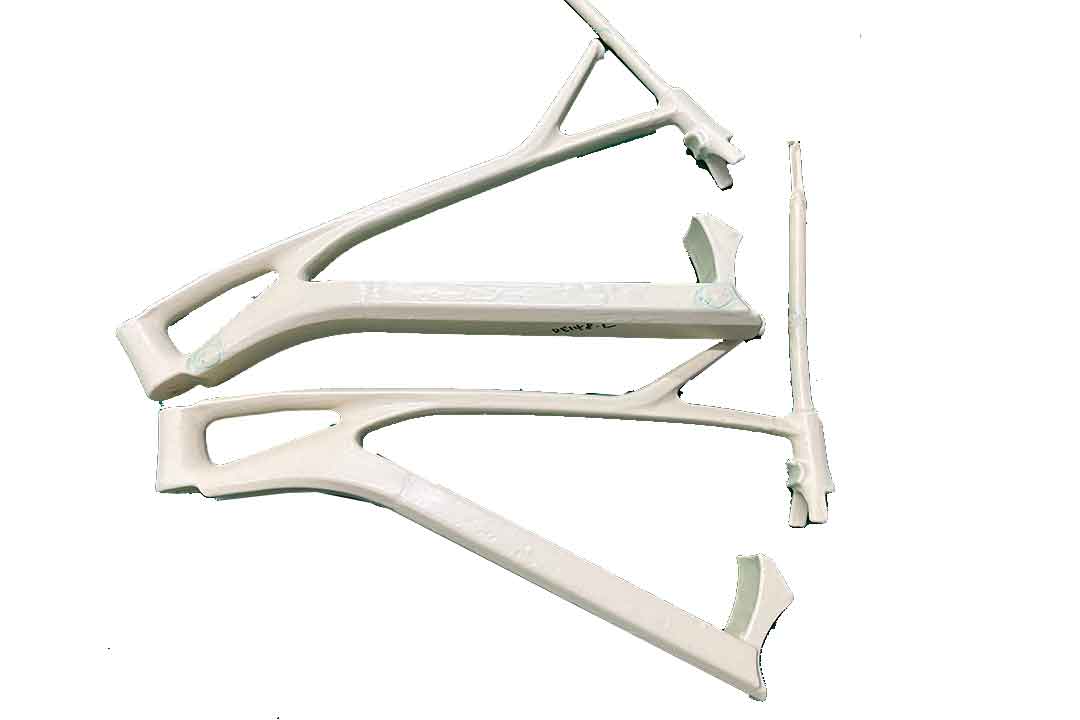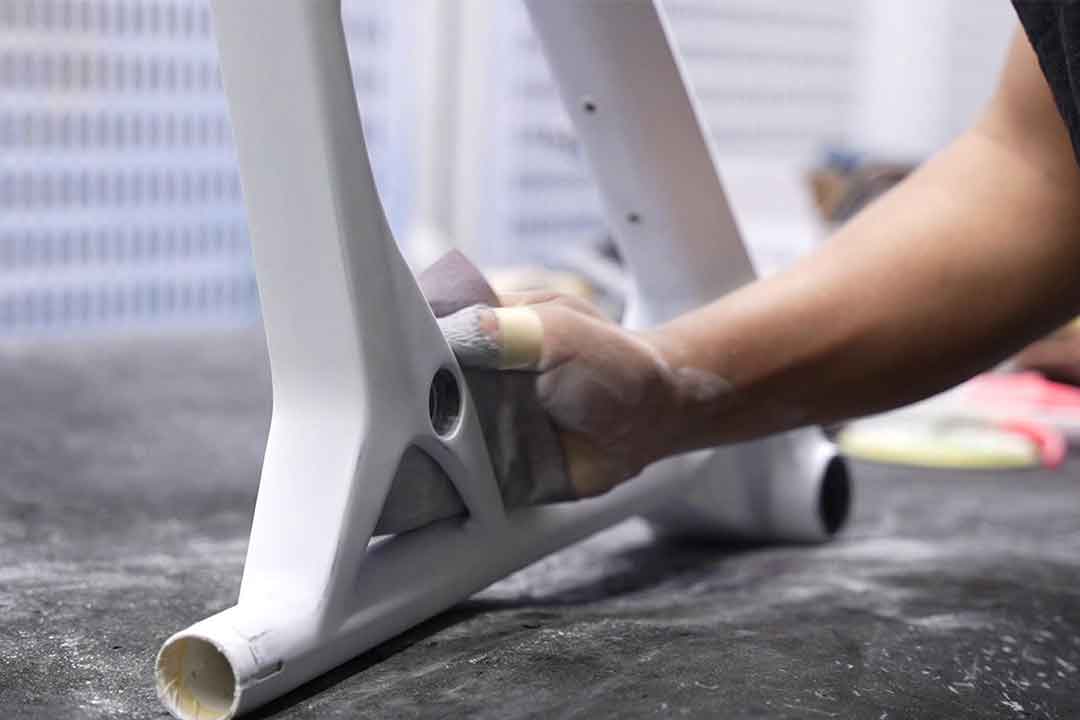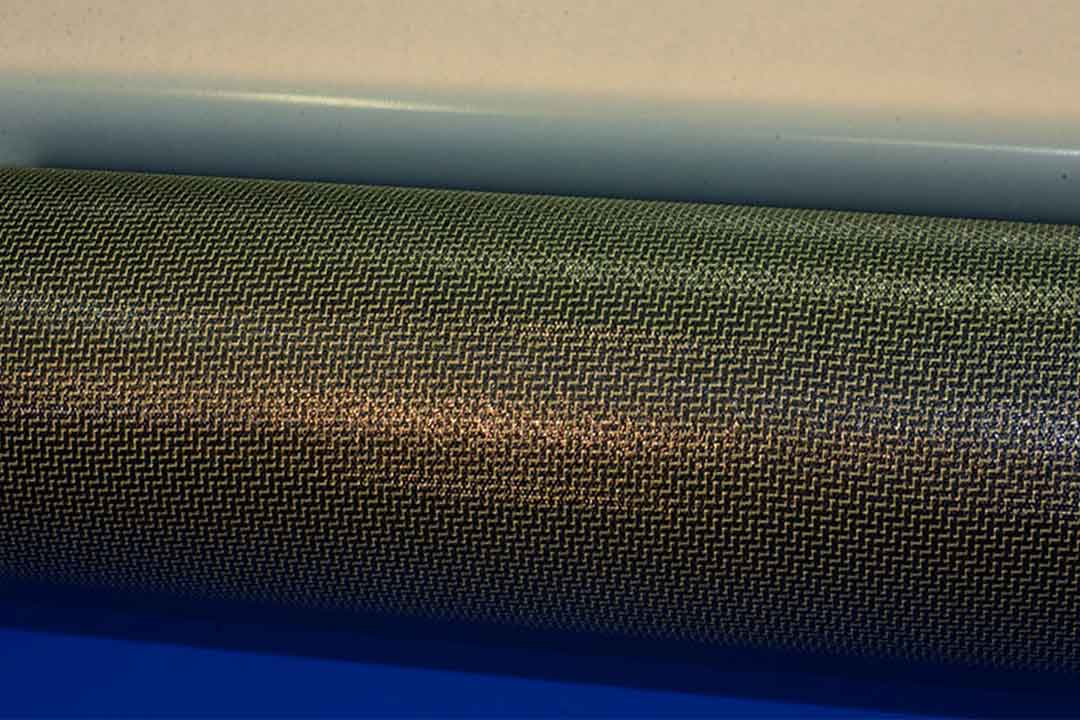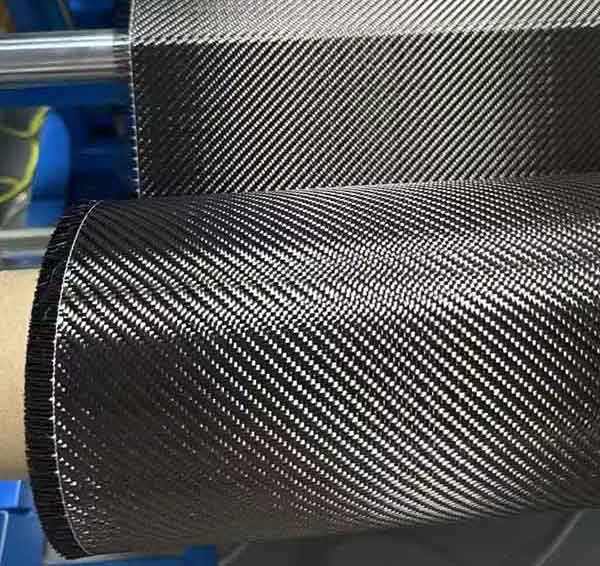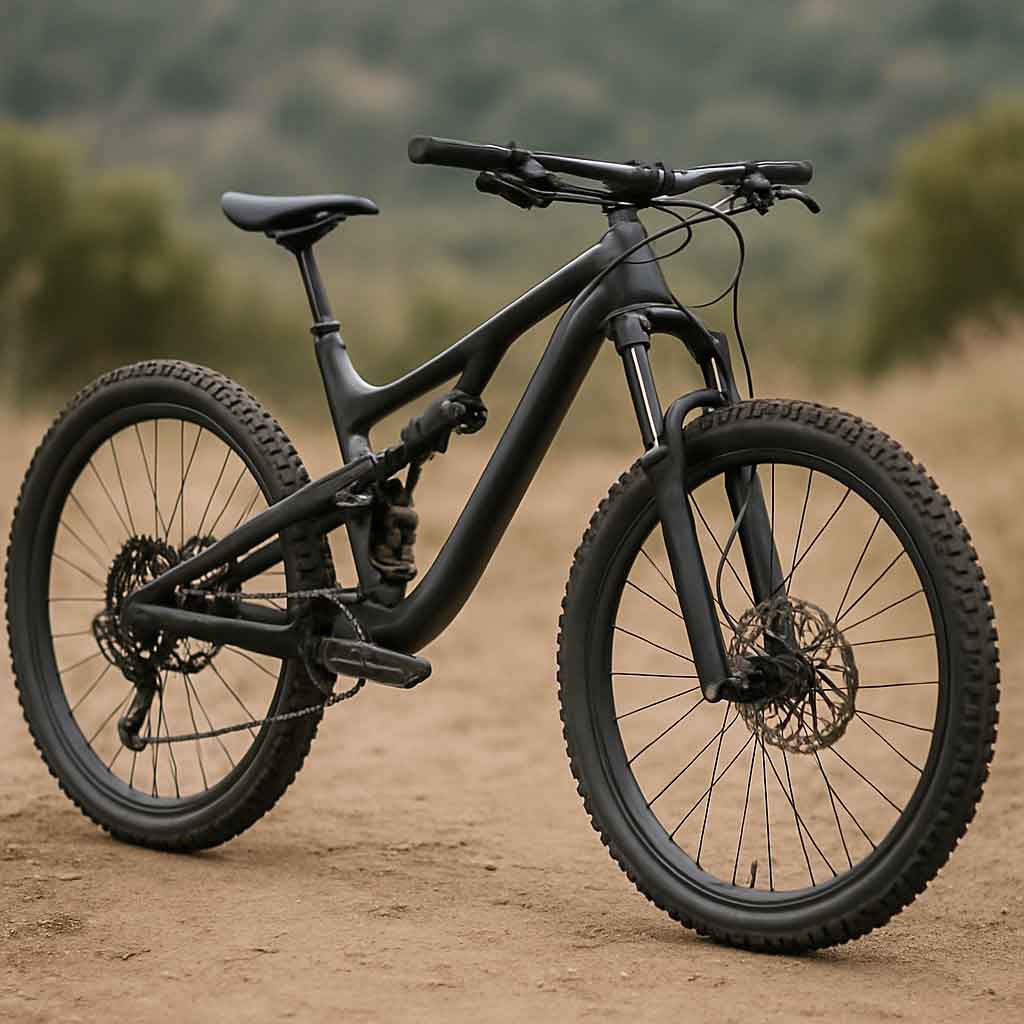Welcome to Mondince Bike - A well-known factory specialized in produce carbon bike frame and other parts since 2007.
Carbon Bikes vs Aluminum: Pros and Cons
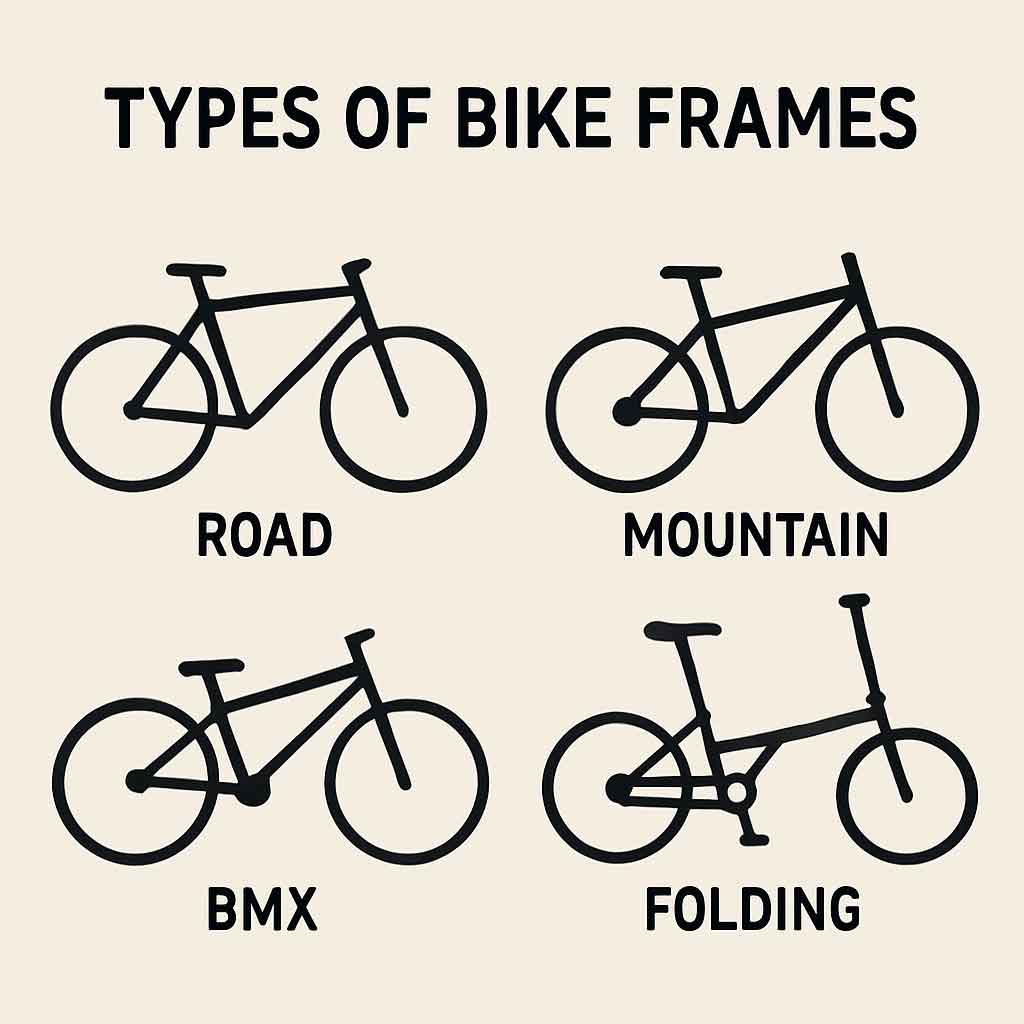
Before we dive into the specifics, it's essential to understand what makes carbon and aluminum frames distinct from each other. Carbon fiber and aluminum are two of the most popular materials used in the construction of road bike frames, each offering unique characteristics.
Carbon Fiber Bikes
Carbon fiber is a composite material made from strands of carbon, which are bonded together with resin. The result is a lightweight and robust material that is highly customizable. Carbon bikes have revolutionized the industry, allowing for sleek designs and advanced aerodynamic properties. In addition to being lightweight, carbon fiber can be engineered to have different levels of stiffness, making it suitable for various riding styles. Furthermore, carbon bikes often have a futuristic look that appeals to many cycling enthusiasts.
Aluminum Bikes
Aluminum, on the other hand, is a metal that has been used in bike frames for decades. It's known for being relatively lightweight and more affordable compared to carbon fiber. Aluminum frames are often praised for their durability and ability to withstand everyday wear and tear. The production process for aluminum bikes has improved significantly over the years, resulting in frames that are lighter and more efficient than older models. Additionally, aluminum bikes are available in a wide range of designs, catering to different aesthetic preferences.
Material Characteristics
Understanding the fundamental characteristics of these materials is crucial for making an informed choice. Carbon fiber is primarily appreciated for its weight advantages and ability to be molded into complex shapes. On the other hand, aluminum is valued for its strength-to-weight ratio and cost-effectiveness. Each material has its trade-offs, and recognizing these can help potential buyers decide which aligns better with their needs and budget.
Pros of Carbon Fiber Bikes
Lightweight and Aerodynamic
One of the biggest advantages of carbon fiber bikes is their weight. Carbon frames are generally lighter than aluminum frames, which can make a significant difference when climbing hills or accelerating. This weight advantage translates to improved speed and efficiency, particularly in competitive racing. Moreover, carbon frames can be molded into aerodynamic shapes, reducing wind resistance and enhancing speed. The ability to create these shapes means designers can optimize the bike for minimal drag, a significant factor for time trials and sprints.
Vibration Dampening
Carbon fiber has excellent vibration-dampening properties, which can make rides smoother. The material absorbs road vibrations, providing a more comfortable experience, especially on longer rides. This is particularly beneficial for endurance cyclists who spend hours in the saddle. The dampening effect reduces fatigue and allows riders to maintain higher speeds for extended periods. Furthermore, this characteristic makes carbon frames ideal for rougher road surfaces, where vibration can be more pronounced.
Customization Potential
Carbon fiber allows for a high degree of customization in frame design. Manufacturers can create frames with varying stiffness and flex, tailoring the bike's performance to specific riding styles or preferences. This flexibility means that cyclists can choose a bike that perfectly matches their needs, whether they're looking for sprinting stiffness or long-distance comfort. Additionally, the aesthetic customization options are virtually limitless, with different finishes and colors available. This versatility in design means that carbon bikes can be as unique as the rider themselves.
Cons of Carbon Fiber Bikes
Cost

One of the most significant drawbacks of carbon fiber bikes is their cost. They are usually more expensive than aluminum bikes, making them less accessible for budget-conscious riders. The manufacturing process of carbon fiber is labor-intensive and requires skilled craftsmanship, which drives up the price. Furthermore, the high demand for lightweight, high-performance bikes keeps prices elevated. For many cyclists, this cost is justified by the performance benefits, but it can be a barrier for those just entering the sport.
Durability Concerns
While carbon fiber is strong, it can be more susceptible to damage from impacts compared to aluminum. A significant crash could potentially crack a carbon frame, whereas aluminum might only dent. This susceptibility means that carbon bike owners need to be more cautious when handling their bikes. While advancements in technology have improved the toughness of carbon frames, they still require careful usage. In some cases, even a minor mishap can lead to costly repairs or replacements.
Repair Complexity
Repairing a damaged carbon frame can be complicated and costly. Specialized skills and equipment are necessary, which might not be available at all bike repair shops. Unlike metal frames, which can often be bent back into shape, carbon requires precise techniques to ensure structural integrity. This means that any repairs must be handled by specialists, adding to the cost and time involved. For those who ride frequently or in challenging conditions, this can be a significant consideration.
Pros of Aluminum Bikes
Cost-Effectiveness
Aluminum bikes are generally more affordable than their carbon counterparts. For those new to cycling or on a budget, aluminum offers a great balance of performance and price. The manufacturing process for aluminum is less complex and time-consuming, leading to lower production costs. This affordability does not mean a compromise on quality; many aluminum frames offer excellent performance and durability. For beginners or casual riders, aluminum bikes provide an accessible entry point into the world of cycling.
Durability
Aluminum frames are known for their durability and can withstand more minor impacts without significant damage. They are less likely to crack compared to carbon frames. This robustness makes aluminum bikes an excellent choice for commuter cyclists or those who frequently ride in urban environments. The ability to handle rough treatment without major issues means that aluminum bikes often have a longer lifespan. For riders who value longevity and resilience, aluminum is a reliable option.
Low Maintenance
Aluminum bikes require less maintenance and are easier to repair in the event of damage. Minor dents can often be fixed without needing special tools or expertise. This ease of maintenance makes aluminum bikes particularly appealing to those who want a hassle-free cycling experience. Regular wear and tear can be addressed quickly, keeping the bike in good condition without significant investment. For cyclists who prefer riding to repairing, aluminum's low-maintenance nature is a major advantage.
Cons of Aluminum Bikes
Weight
Aluminum frames are usually heavier than carbon frames. While advances in technology have reduced the weight difference, carbon still holds the edge when it comes to lightweight performance. This added weight can impact performance, especially in competitive scenarios where every gram counts. However, for casual riders, the difference might not be as noticeable. It's important for potential buyers to weigh the significance of weight in their cycling activities against the benefits of cost and durability.
Ride Quality

by Tobias Reiner (https://unsplash.com/@_trobi_)
Aluminum frames tend to transmit more road vibrations to the rider, which can lead to a harsher ride. This is especially noticeable on rough terrains or longer rides. The lack of natural vibration dampening means that riders can experience more fatigue and discomfort over time. While some modern aluminum bikes incorporate design features to mitigate this, they still can't match carbon's smoothness. This difference in ride quality can be a deciding factor for those who prioritize comfort on long-distance rides.
Limited Customization
While aluminum frames are available in various designs, they do not offer the same level of customization in terms of stiffness and flex as carbon frames. The material's properties limit the extent to which frames can be tailored for specific performance characteristics. This means that riders looking for a highly personalized riding experience might find aluminum lacking. However, for many cyclists, the available designs and features are more than sufficient for their needs.
Making the Right Choice for You
When choosing between a carbon and aluminum bike, consider your riding style, budget, and personal preferences. Here are some questions to guide your decision:
- What's your budget? If cost is a significant factor, an aluminum bike might be the best choice. Consider not only the initial purchase price but also potential repair and maintenance costs.
- How important is weight to you? For those focused on performance and speed, a carbon bike's lightweight nature can be beneficial. Evaluate how much of a priority speed and agility are in your cycling activities.
- Do you plan on long rides? If comfort is a priority, the vibration-dampening properties of carbon might be appealing. Think about the types of terrain you will encounter and your comfort requirements.
- Are you concerned about durability? If you want a bike that can handle minor mishaps, aluminum is a durable option. Consider your typical riding conditions and the likelihood of impacts or falls.
- How important is customization? If you desire a bike tailored to specific performance characteristics, carbon offers more flexibility. Reflect on whether a personalized riding experience is a priority for you.
Conclusion
Both carbon and aluminum bikes have their merits, and the right choice depends on individual needs and circumstances. While carbon bikes are prized for their lightweight and customizable features, they come at a higher price point. Aluminum bikes, on the other hand, offer durability and affordability, making them an excellent choice for beginners or those on a budget.
Ultimately, the best bike for you is one that meets your riding needs and preferences. Whether you choose carbon or aluminum, the joy of cycling remains the same---getting out there and enjoying the ride. As you make your decision, remember that the cycling experience is about more than just the bike; it's about the freedom, adventure, and community that comes with it.



